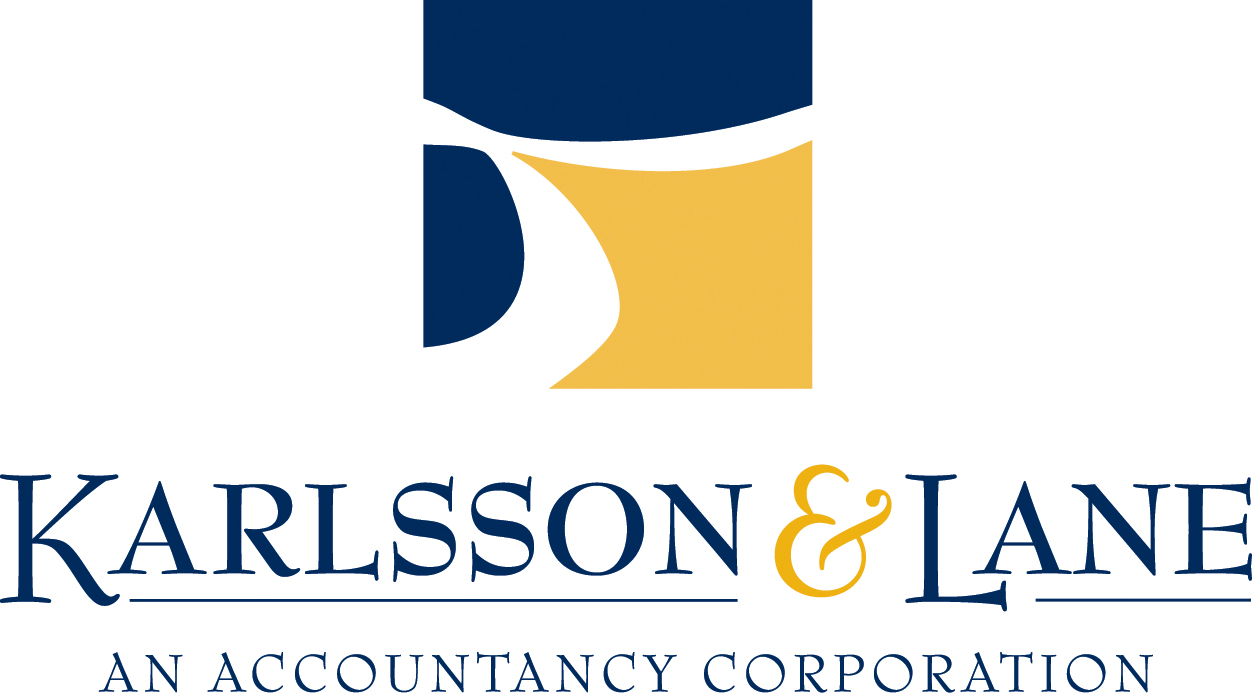Prepare financial statements that will impress your nonprofit’s stakeholders

KARLSSON & LANE Thanks You!
March 28, 2017Use National Giving Tuesday to raise money — and awareness — for your nonprofit
September 6, 2017Annual financial statements that have been audited by a professional auditor can help assure funders and lenders that your not-for-profit is financially sound. Here are three critical audit issues to understand when preparing financial statements:
1. The auditor’s role
Auditors are responsible for expressing an opinion on financial statements. Beyond that, they’re responsible for obtaining reasonable assurance that financial statements are free of material misstatements — be it from error or fraud.
Your nonprofit and its advisors, on the other hand, are responsible for developing estimates adopting sound accounting policies and establishing, maintaining and monitoring internal controls. Although your auditor may make suggestions about these items, it isn’t his or her responsibility to institute them or to ensure they’re working properly. While management is strictly responsible for decision making, your auditor is required to evaluate whether internal controls, accounting policies, and estimates are adequate to prevent or detect errors or fraud that could result in material misstatements of the financial statements.
2. The board’s role
Sometimes a nonprofit board of directors’ role is overlooked in annual financial statement preparation, and that’s a mistake. Keep in mind that your board generally has a strategic and oversight role in the process, which is part of its overall fiduciary duty. Your board isn’t responsible for completing the job. However, board members can be a good resource for certain technical matters, depending on their professional background.
3. Financial analysis
Annual financial statements are designed to help you manage your organization. Financial statement metrics — such as debt ratios, program vs. administrative expense ratios and restricted vs. unrestricted resources — can be calculated to indicate how your organization is doing.
One of the best ways to see the big financial picture is to compare your budget, year-end internally generated financial statements and statements generated during the annual audit. This task can be completed more easily if the format of your audited statements is similar to that of your internal financial statements and budgets.
When reviewing internal vs. audited statements, look for large differences in individual accounts resulting from audit correcting adjustments. These can indicate an internal accounting deficiency. You’ll also be able to spot any significant discrepancies between what was budgeted for the year and the actual outcome.
Audited results demonstrate professionalism and provide assurance that your results are free from errors and fraud. For help preparing financial statements, please contact us.
© 2017













